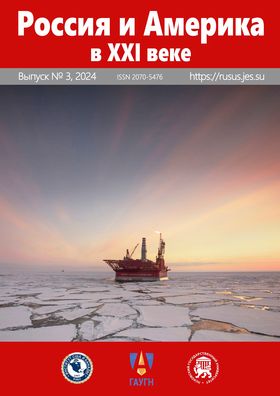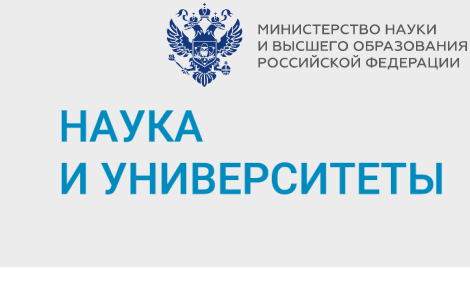Г.А.АРБАТОВ: 100 лет
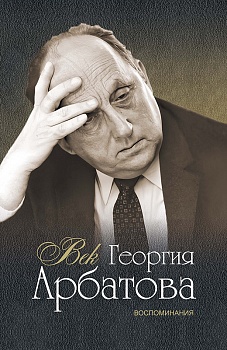
ВИДЕО
НОВОСТИ
 26 апреля Институт США и Канады им. Г.А. Арбатова и Институт Китая и современной Азии РАН провели международную конференцию «США и меняющийся баланс сил в АТР». 3 мая, 2024
26 апреля Институт США и Канады им. Г.А. Арбатова и Институт Китая и современной Азии РАН провели международную конференцию «США и меняющийся баланс сил в АТР». 3 мая, 2024 25-27 апреля состоялся II Санкт-Петербургский конгресс исследователей международных отношений «Глобальные и региональные вызовы в меняющемся мире», приуроченный к 300-летию СПбГУ. 3 мая, 2024
25-27 апреля состоялся II Санкт-Петербургский конгресс исследователей международных отношений «Глобальные и региональные вызовы в меняющемся мире», приуроченный к 300-летию СПбГУ. 3 мая, 2024 24 апреля в ИСКРАН состоялась встреча А.С. Евсеенко со студентами и представителями Центров дипломатии Волгоградского государственного университета и Самарского университета. 2 мая, 2024
24 апреля в ИСКРАН состоялась встреча А.С. Евсеенко со студентами и представителями Центров дипломатии Волгоградского государственного университета и Самарского университета. 2 мая, 2024ИСКРАН В СМИ
АКТУАЛЬНЫЕ МНЕНИЯ
ИСТОРИЯ ИСКРАН

МОНОГРАФИИ
ИНФОРМАЦИЯ
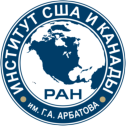


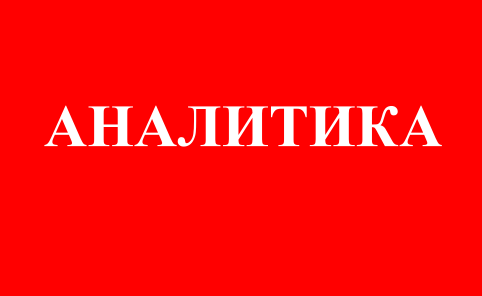
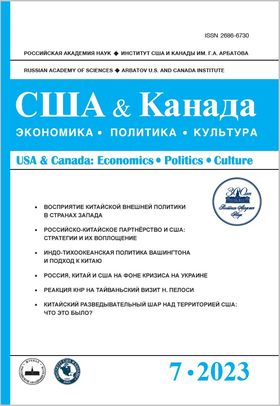

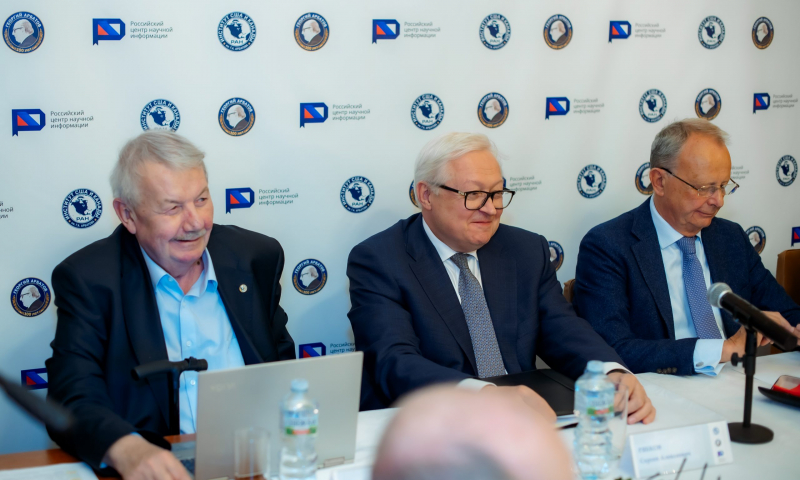
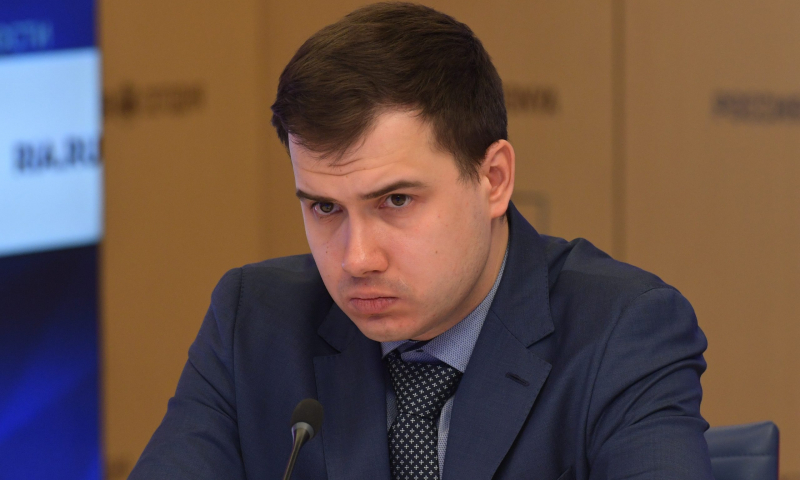
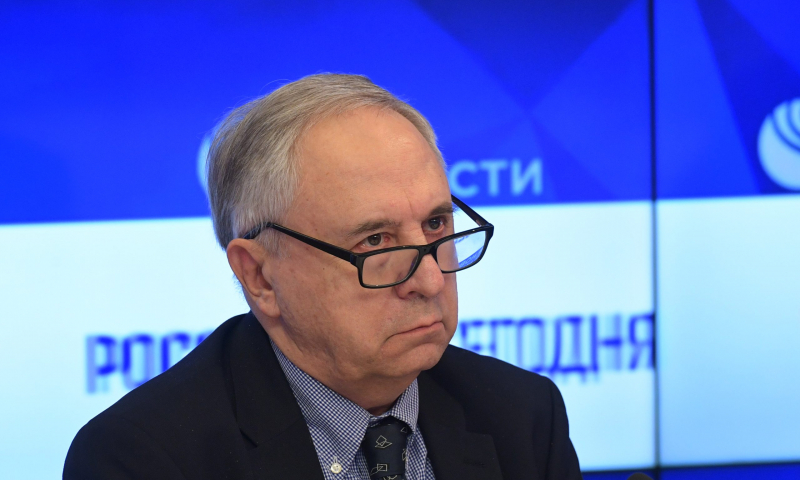

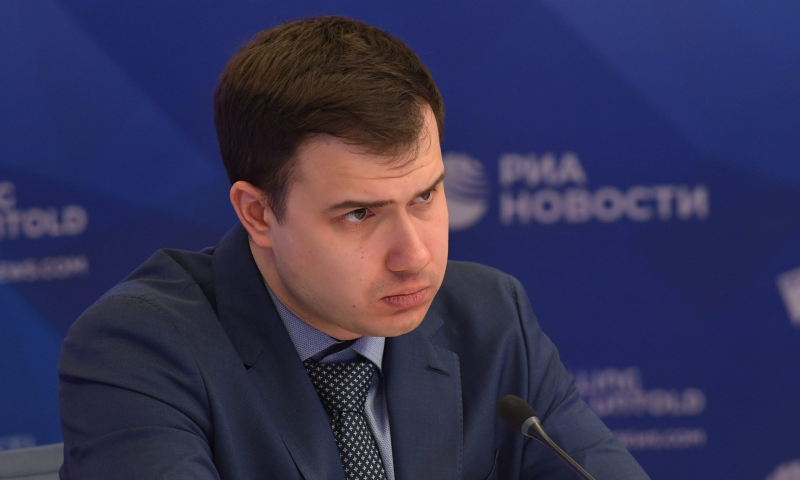
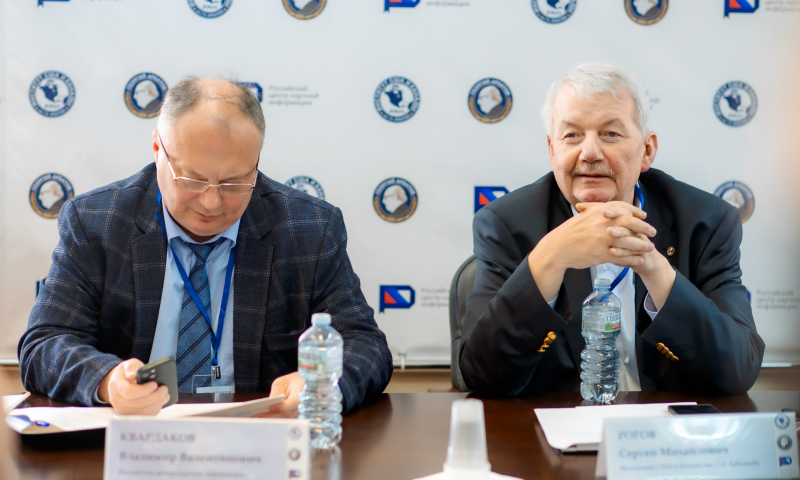
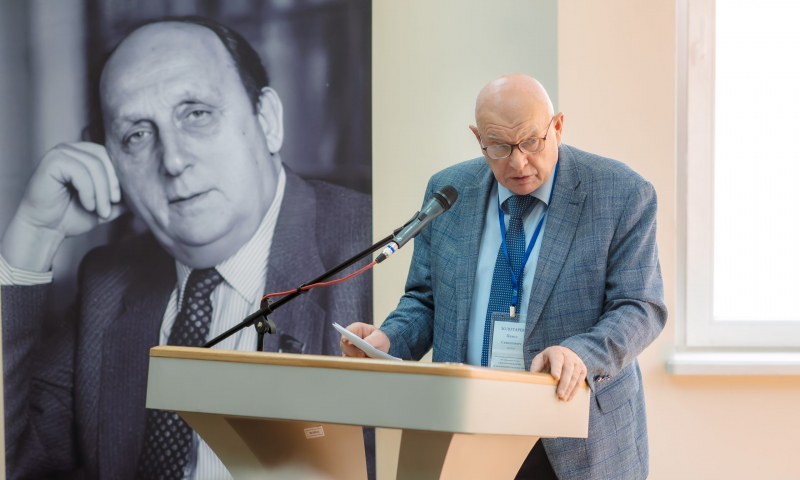
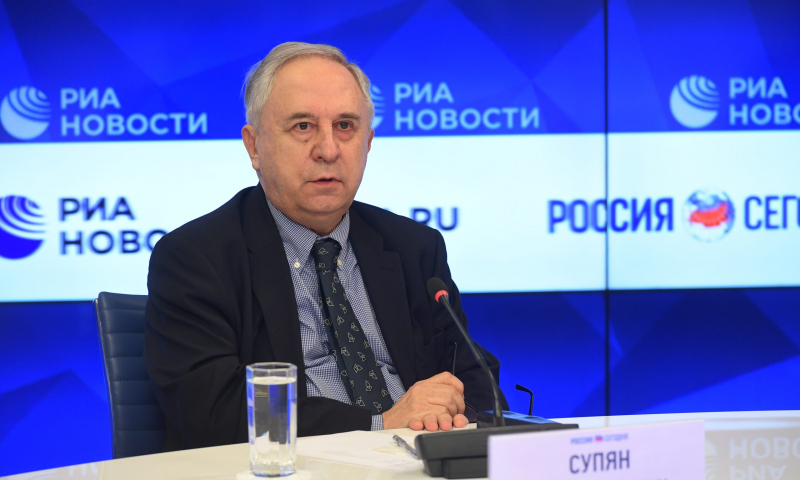
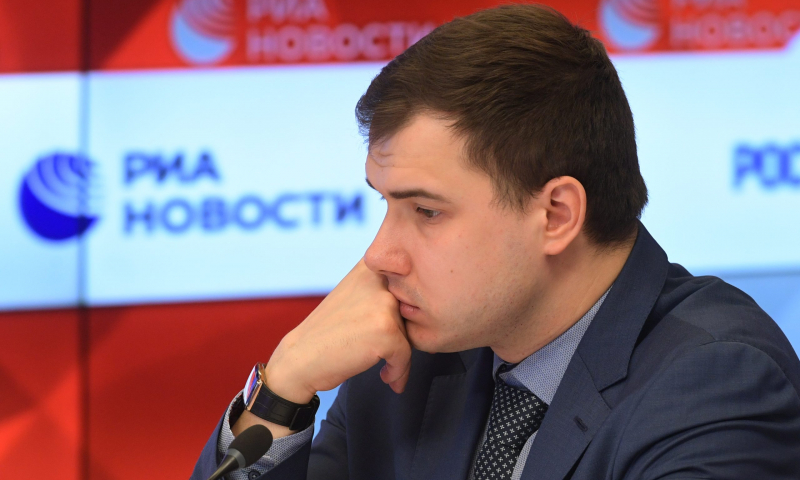

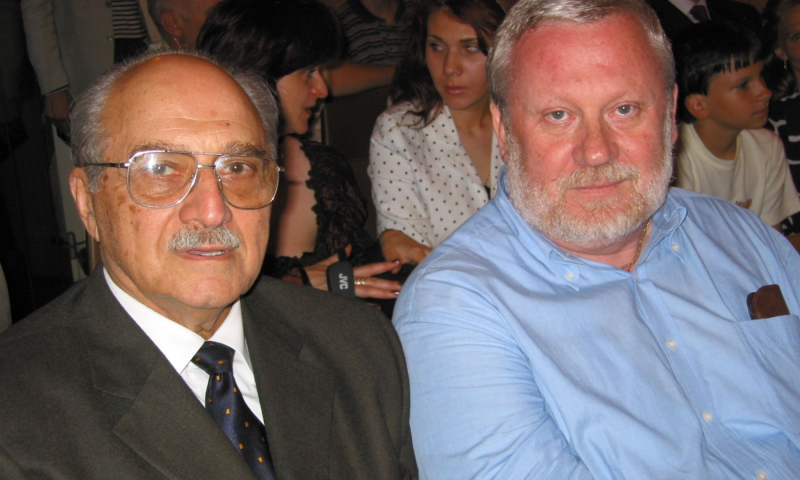
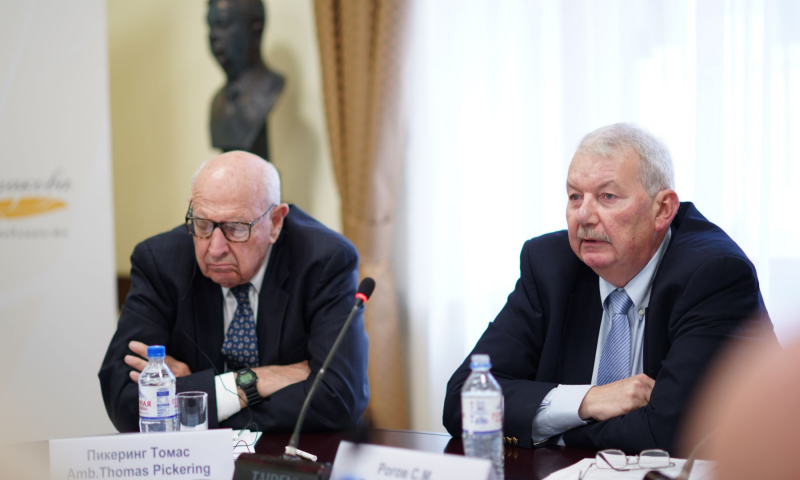
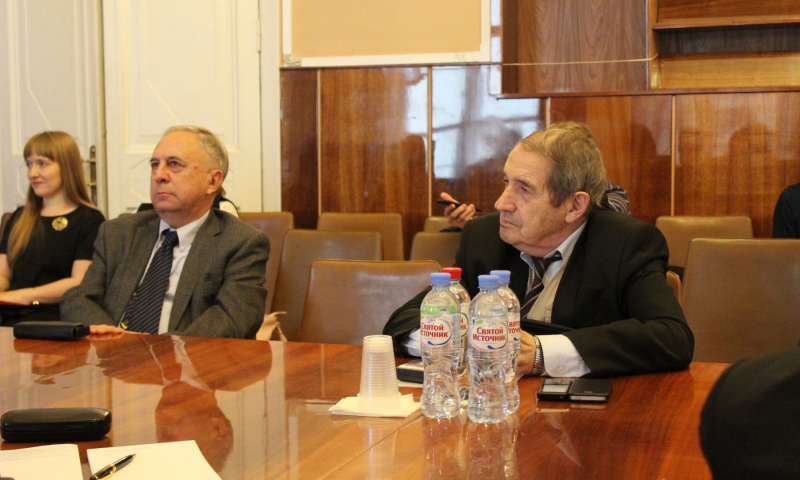

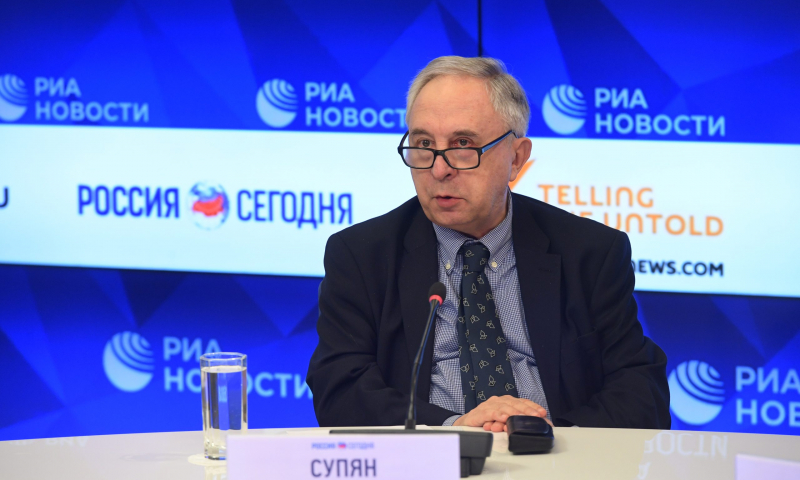







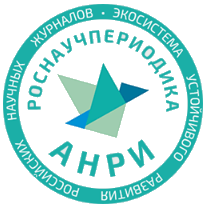
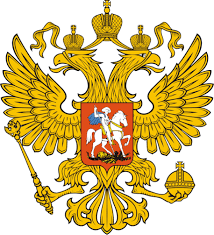
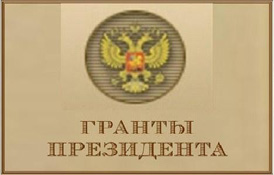
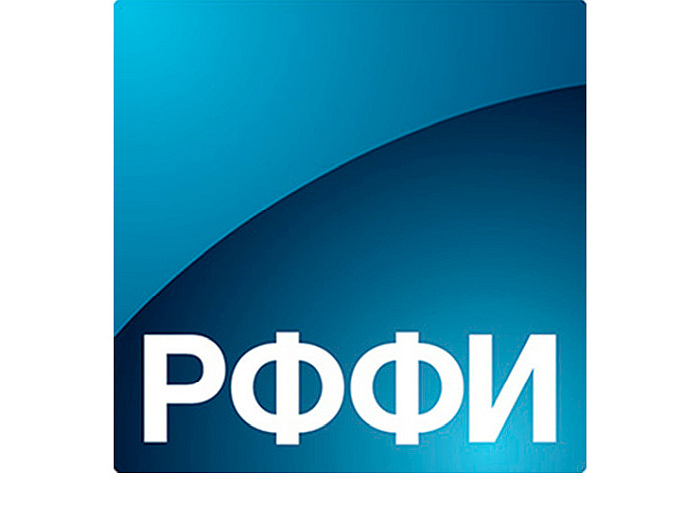

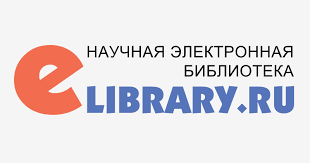
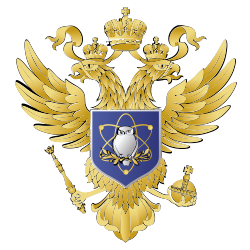

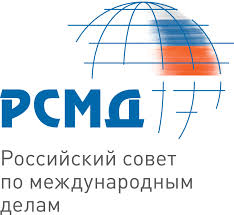














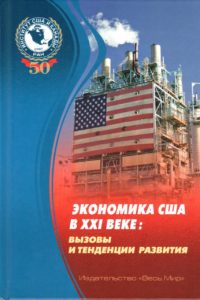






![США: экономика и бюджетная политика / [Лебедева Л.Ф. и др.]; отв. ред. Л.Ф. Лебедева; Федеральное государственное бюджетное учреждение науки Институт США и Канады РАН. — М.: Издательство ‘Весь Мир’, 2017. — 112 с.](https://iskran.ru/wp-content/uploads/2018/03/USA_cover-200x300.jpg)

![Пенсионные системы стран мира: стратегии и опыт модернизации / [Л.Ф. Лебедева и др]; отв. ред. Лебедева Л.Ф.; Федеральное бюджетное учреждение науки Институт США и Канады Российской академии наук. - М.: Издательство 'Весь Мир', 2016. -88 С.](https://iskran.ru/wp-content/uploads/2018/03/cover_Pension_sys-200x300.jpg)
![Федеральный бюджет США в период президентства Барака Обамы / [Лебедева Л.Ф. и др.]; отв. ред. Л.Ф. Лебедева; Федеральное бюджетное учреждение науки Ин-т США и Канады Российской акад. наук. - М.: Издательство 'Весь Мир', 2016.-88 с.](https://iskran.ru/wp-content/uploads/2018/03/cover_Fed_Bud_USA-200x300.jpg)
